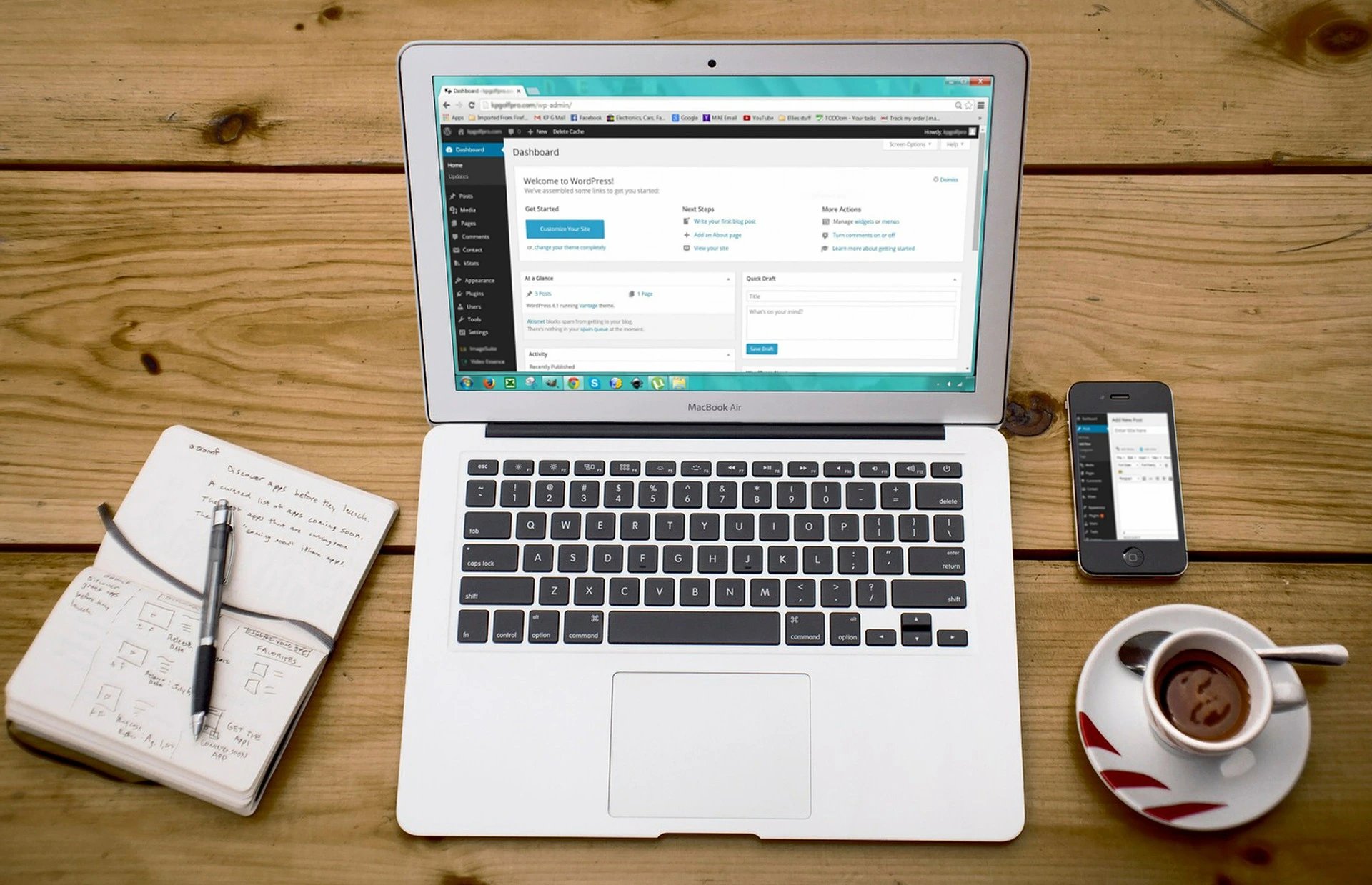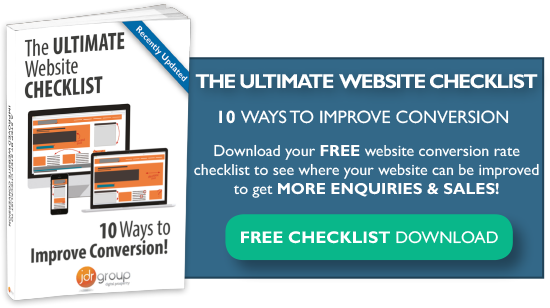5 Ways Your Website Design Affects Your Bottom Line

A well-designed website is essential for generating leads and building your revenues online, and unfortunately, the opposite is also true: a poorly designed website could cost you money in lost customers and a damaged brand reputation. In this article, we look at the worst (and, sadly, the most common) website design mistakes SMEs make that can affect their bottom line.
1) Your website doesn’t work well on smartphones and tablets
‘Mobile responsive design’ is the absolute number one commandment for business websites. It means that your website is fully functional and displays correctly whatever device and screen size your visitors are using to access it, be that a 55-inch desktop monitor or a four-inch smart phone. As so many people use mobile devices to access websites, a poor mobile experience can be a real deterrent to potential customers.
Mobile responsive design lets your website automatically detect the user’s screen size and operating system, and display the content appropriately for the best experience. It should be noted here that the opposite case is also true – that many new template-based business websites are designed for a ‘mobile first’ audience and look clunky and out of focus on larger screens. Try to determine which devices your target customers most use to access your website and configure your content accordingly. Ideally the design should be 100% device friendly.
2) Your website loads slowly
If your website loads slowly, you could be losing customers, and by ‘slowly’ we mean anything more than 2 to 3 seconds. The benchmark for fast loading has raised drastically in recent years, from an average of 10 seconds to 5 seconds, to a current average of 1 to 3 seconds or less. Website loading time has a direct correlation with your bounce rate, meaning the number of people that visit just one page of your website and then disappear without exploring further. Load speed also has a direct impact on your SEO, as google favours faster loading websites over slow ones.
Simply put, faster is better, and the best way to ensure this is to streamline your website design to include only the most relevant content, and to avoid crowding your site with non-relevant widgets, animations, videos, and heavy graphics. Optimise all your graphics for the web before uploading them to your site, and consider hosting your videos on an external site, such as YouTube, and embedding them in your code, rather than hosting them directly on your server. Also, consider the type of devices people are using to access your site. The average office computer isn’t a high spec gaming PC, so you should optimise your site for fast loading times on lower end devices, and for older mobile devices using 4G networks, which are always slower than Wi-Fi connections.
3) Your website uses fonts that are too small or difficult to read
Websites are primarily platforms for written content, so your design should organise your content so that it is well structured and easy to read. Use a ‘sans serif’ font, such as Helvetica, Arial, or Calibri for your body text for the best accessibility on all web browsers (Google Chrome, Apple Safari, Microsoft Edge etc), and reserve your custom fonts for page headings embedded as graphics. Size matters. Use 12 to 14 px characters for your body text for easy reading for people without them needing to magnify the screen. And also remember the importance of colour contrast. Black text on a white or neutral background is the easiest to read for large bodies of text, and you should try to avoid overusing brightly coloured texts, or publishing light fonts against a white or patterned background.
4) Your website has a cluttered top navigation bar
The top part of your website is the first point of access for a web visitor, equivalent to your shop window or office reception area. It’s important that your visitors immediately know whose website they’ve arrived at, what it is you do and how to contact you – and how to find different areas of your site. But that’s about it – everything else can wait for a different part of your site, or you risk confusing your customers and increasing your bounce rate.
Don’t be tempted to clutter your top navigation area with too much information about your services (which may cause confusion or ambiguity), opening times, social media links, or long slogans. Equally, make sure you include clear branding, a company logo, your business name, and a phone number and/or email address.
The navigation menu itself should be organised to help visitors find what they need quickly. Restrict your top-level navigation options to your services/products, case studies or reviews, your blog, main contact page (although you should have a form and CTA on every page of your site), and a link back to your homepage. Everything else can be accessed as drop-down options under these main headings.
5) Your website uses low quality images and videos
Prompted by worry about slow loading times, some business owners make the mistake of using low resolution or generally poor-quality home made images and videos on their site. Yes, these may load quickly, but they also make a poor impression on potential customers and could loose sales. Your website is the public face of your business, and so it pays to invest in professional photography (if possible) and image manipulation to ensure that every carefully chosen graphic and video you use is the best resolution it could possibly be, while also optimised for website use.
If you don’t have access to professional photography or custom graphics, it’s acceptable to use purchased stock images, but be careful not to overuse stock images on your site as these give a website a generic appearance that could dilute your brand identity or cause confusion with your competitors.
Find out more
A professionally designed and well-structured website is the cornerstone of every digital marketing campaign. If you’re worried about your website performance or feel it is letting you down in terms of lead generation, have a chat with one of our web design specialists today. We can help you implement positive changes to your design and content that improve lead generation and lead to better revenues from online marketing.
Image Source: Pixabay



